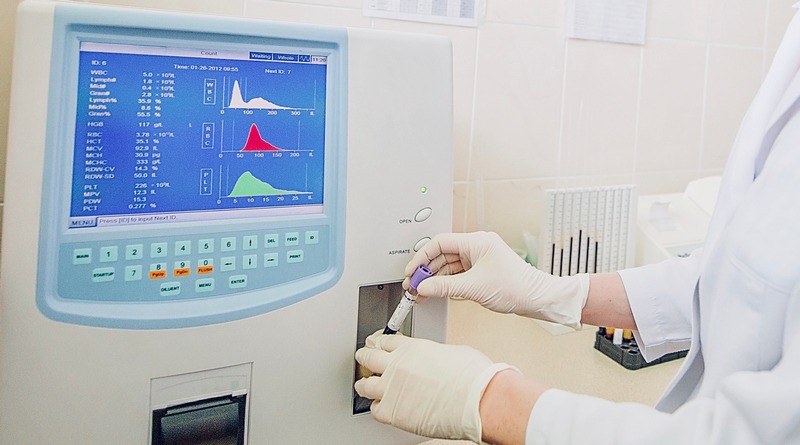How Technology Improved Road Accident Data Collection

Accidents are one of the leading causes of death worldwide. According to WHO (World Health Organization), approximately 1.35 million individuals lose their life in car-related crashes every year.

In the USA alone, more than 38,000 people succumb to vehicular crash injuries. Accident data collection is a crucial exercise and should be done with utmost caution. Involved authorities have developed advanced techniques to collect and analyze data after a crash.
Read the following article to understand the importance of data collection and some of the advanced techniques used to collect accident information.
Common Causes Of Accidents
For many years, accidents have been claiming innocent lives all over the world. Some of the main causes of automobile accidents include:
- Distracted driving – according to studies, this is one of the main causes of accidents.
- Driving while under the influence of drugs and alcohol
- Over speeding
- Ignoring road signs
- Careless driving
- Fatigue
On the other hand, accidents can be caused by factors unrelated to human error, and they include:
- Weather conditions
- Poor roads, for example, potholes
- Mechanical failure
Importance Of Accident Data Collection
- Information collected is important in a court of law – jury and auto accident lawyers will use the provided information to prove what or who caused the crash.
- The authority will use the data to mark high-risk areas commonly called ‘blind spots’ and make the necessary construction improvements to prevent future accidents.
- The government may use the information to raise public awareness of safe driving. People are discouraged from overspeeding, drunk driving, and other causes of accidents.
- The government may also use the data to improve Emergency Medical Services. This may reduce the number of fatalities in an accident.
Latest Accident Data Collection Techniques
Over the last few years, there was a need to improve traffic management, which led to the advancement of accident data collection methods with access to real-time traffic data which is becoming a routine worldwide.
Some of the traditional data collection methods, such as interviewing witnesses, have been in use for many years. Although police can gain information involving a crash through this method, it may not be sufficient to determine the cause of an accident. One major drawback of this method is that the human brain is prone to forgetting and he or she may leave out crucial parts giving inaccurate information.
After many years of research, there was the development of much better techniques of data collection with the use of technology. These methods proved to be efficient as compared to the traditional techniques used to collect accident data. They include:
Use Of Event Data Recorder
EDRs were usually associated with planes, but in recent years, many car manufacturers fit their cars with EDRs. The EDR (Event Data Recorder) is a recording gadget made from a long-lasting and impact-resistant material. It records everything before an accident occurs.
Police and detectives can use the recorded moments leading up to a crash to determine what caused the accident so that they steer clear of similar events in the future.
- What Is Being Recorded By The EDR
A black box will record crucial information such as the speed of the car, where the throttle was positioned, airbag deployment, application of the brake, and several other factors as they were 20 seconds before and after the accident.
The information will be used to determine whether the crash was caused by a mechanical failure or an avoidable human error.
Accident Reconstruction
This is another latest technique used by investigators and police to collect information leading to a car accident. It involves recreating the collision scenes using 3D laser scanning to determine the factors that caused the accident.
The development of laser scanning made it easier for authorities to collect accident data in a safer way, as they can collect the information without disrupting the transport system by closing lanes. It’s also a fast and flexible way to collect information as one person can control the entire system.
The information collected through the recreation of the accident can be used in a court of law.
Use Of Biometric
In recent years, biometric has become another popular way to collect accident data. It was used when people involved in the accident were unconscious. It involves using physical and behavioral attributes to identify an individual digitally.
Some of the physical attributes to identify a person and get their emergency patient ID include:
- Veins
- Iris
- Fingerprints
An example of a behavioral attribute is voice. Using voice, investigators can access information about a person involved in an accident.
Use Of Machine Language
In recent years, NHTSA (National Highway Traffic Safety Administration) is developing an AI tool to record and analyze crash data. The technology will be used to analyze factors contributing to accident occurrence.
Although it’s still under development, this advancement will change the face of accident data collection. It will be able to provide an accurate way to gather, collect, and analyze data.
Bottom Line
Although an accident is an unavoidable scenario, it’s important you follow all the rules while driving. It’s vital you avoid distracted driving or driving under the influence of drugs or alcohol. You should be focused whenever you drive to prevent such accidents, even those accidents that weren’t caused by humans.
Accident data collection is crucial and important as they serve as proof of the accident. The recording of the accident was crucial evidence to find out if the accident was caused by human error or it was caused by some other factor. The development of technology allows data collection much easier and accurate. Moreover, touchless patient identification platforms like RightPatient can help detect unconscious patients who are brought to ERs, ensuring that they get swift and accurate healthcare services, significantly improving patient outcomes.









Leave a Reply
Want to join the discussion?Feel free to contribute!